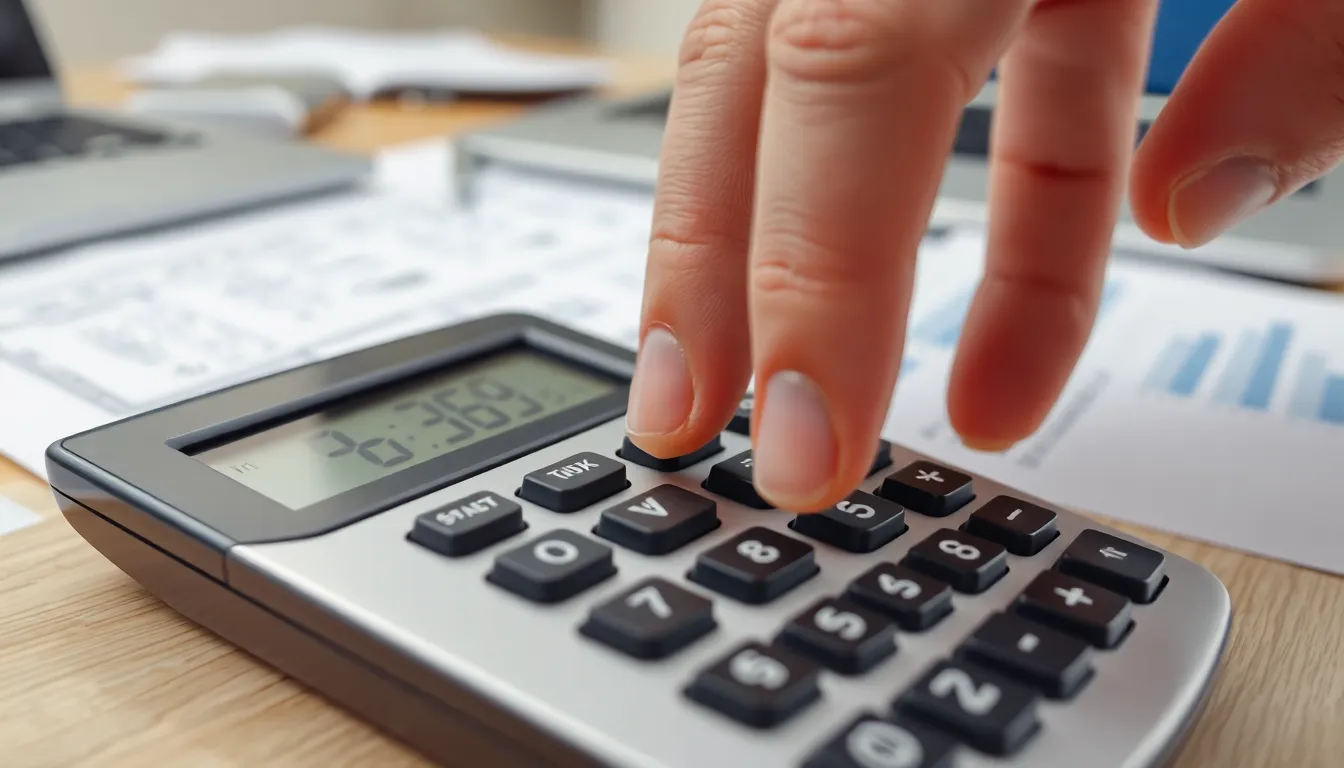Understanding fractions and their conversion to percentages is essential in various fields, from finance to everyday decision-making. When someone encounters the fraction 19/21, they might wonder how to express it as a percentage. This simple yet intriguing calculation can provide insights into proportions and ratios that are useful in both academic and practical scenarios.
In this article, readers will explore the steps involved in converting 19/21 to a percentage. By breaking down the process, it becomes clear how fractions can be transformed into a more universally understood format. Whether for academic purposes or personal knowledge, mastering this conversion can enhance one’s numerical literacy and confidence in handling data.
Table of Contents
ToggleUnderstanding Fractions and Percentages
Fractions and percentages play essential roles in numerical literacy, particularly in converting and comparing values. Recognizing their significance simplifies financial decisions and everyday calculations.
What Is a Fraction?
A fraction represents a part of a whole, consisting of a numerator and a denominator. The numerator signifies how many parts are being considered, while the denominator indicates the total number of equal parts in the whole. For example, in the fraction 19/21, 19 is the numerator, and 21 is the denominator, illustrating that 19 parts out of a total of 21 are being represented. Fractions can also express various ratios and comparisons, making them vital in mathematics and practical applications.
What Is a Percentage?
A percentage is a way to express a number as a fraction of 100. It provides a relative comparison and simplifies the understanding of proportions. For instance, 50% is equivalent to 50 out of 100, or 1/2. Percentages are commonly used in financial contexts, such as interest rates, discounts, and statistics, allowing individuals to quickly grasp the scale of a value in relation to a total. Converting fractions to percentages, such as changing 19/21 to a percentage, aids in comparing different values more effectively.
Calculating 19/21 as a Percentage

Calculating the fraction 19/21 as a percentage requires a straightforward process. This section outlines the steps involved and addresses common misconceptions that may arise during the conversion.
Step-by-Step Calculation
- Identify the fraction: The fraction to convert is 19/21.
- Divide the numerator by the denominator: Perform the division 19 ÷ 21, which equals approximately 0.90476.
- Multiply by 100: To convert the decimal to a percentage, multiply 0.90476 by 100, resulting in about 90.476.
- Round the result: For practical purposes, round 90.476 to 90.48%.
This results in approximately 90.48%, which represents the fraction 19/21 expressed as a percentage.
Common Misconceptions
- Percentages always need rounding: Some may assume percentages must be whole numbers. While rounding is common, exact percentages can include decimal values.
- Confusion between decimal and percentage: Many mix decimals and percentages. Understanding that a decimal can represent a percentage is vital for accurate conversions.
- Belief that all fractions convert cleanly: Not all fractions convert to whole percentages. Recognizing that some results will have decimal components is important for clarity in representation.
- Ignoring context: Common misunderstandings arise when failing to consider the relevance of the percentage in practical situations, such as finance or statistics. Context aids in grasping the significance of the calculated percentage.
By clarifying these calculations and misconceptions, readers can better understand how to convert fractions to percentages, enhancing their numerical literacy.
Practical Applications of Percentages
Understanding percentages plays a crucial role in daily life and financial decision-making. Their applications can significantly impact personal and professional choices.
Everyday Usage
Percentages aid in calculations related to sales, discounts, and tips. Shoppers often encounter discounts in stores, such as “20% off” a purchase. This requires quick calculations to determine the final price. Similarly, when dining out, calculating a 15% tip can add clarity to total expenses. Percentages also appear in everyday scenarios like budgeting, where individuals allocate specific percentages of income to savings and expenses.
Importance in Financial Contexts
In finance, percentages are fundamental for analyzing data, performance, and growth. Investors assess returns on investment (ROI) using percentages to determine profit margins. For example, a 10% growth in stock value indicates increased profitability. Loan interest rates, expressed as percentages, allow individuals to understand borrowing costs while comparing various offers. Financial reports frequently use percentages to represent changes in profit, revenue, and expenses, ensuring stakeholders have clear insights into a company’s performance. Understanding these financial percentages enables individuals and businesses to make informed decisions that enhance fiscal responsibility.
Mastering the conversion of fractions to percentages is a crucial skill that can significantly impact decision-making in daily life and finance. Understanding how to calculate 19/21 as a percentage not only boosts numerical literacy but also enhances confidence in handling various data-related tasks.
This knowledge empowers individuals to make informed choices whether they’re shopping for discounts or evaluating investment opportunities. By integrating these skills into everyday scenarios, one can navigate financial landscapes with greater ease and clarity. Embracing this foundational concept opens doors to better financial understanding and smarter decision-making.







